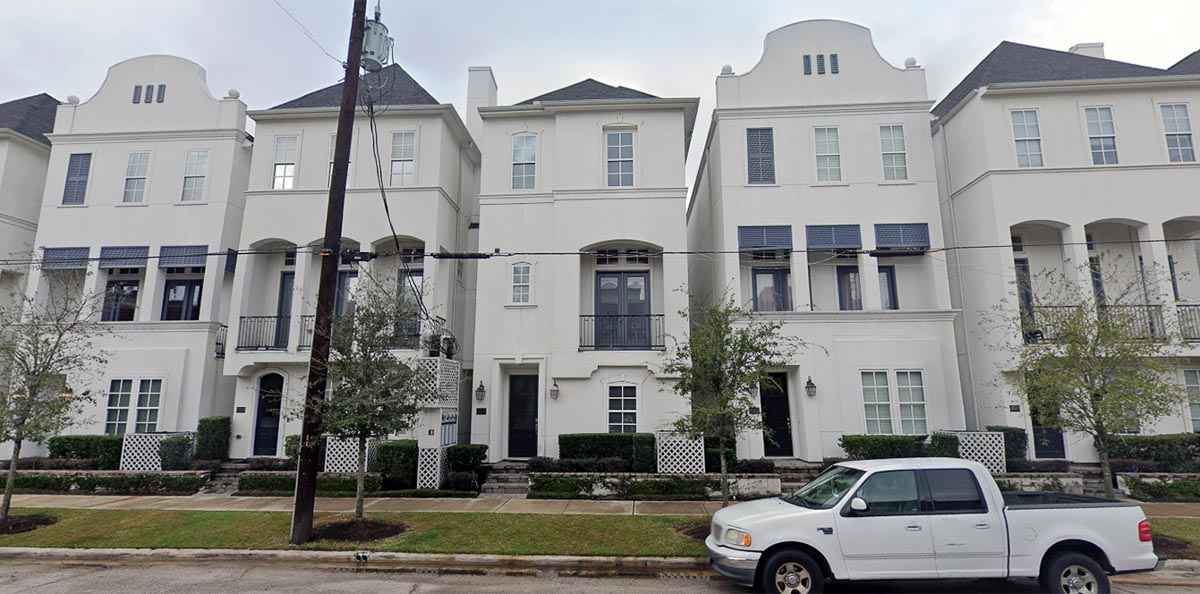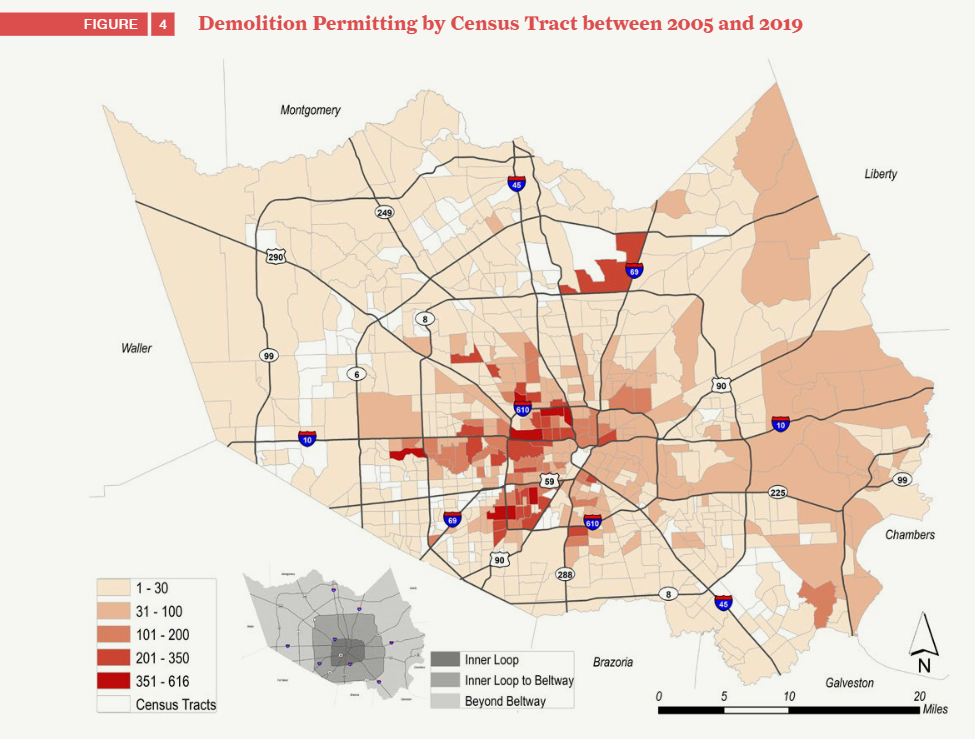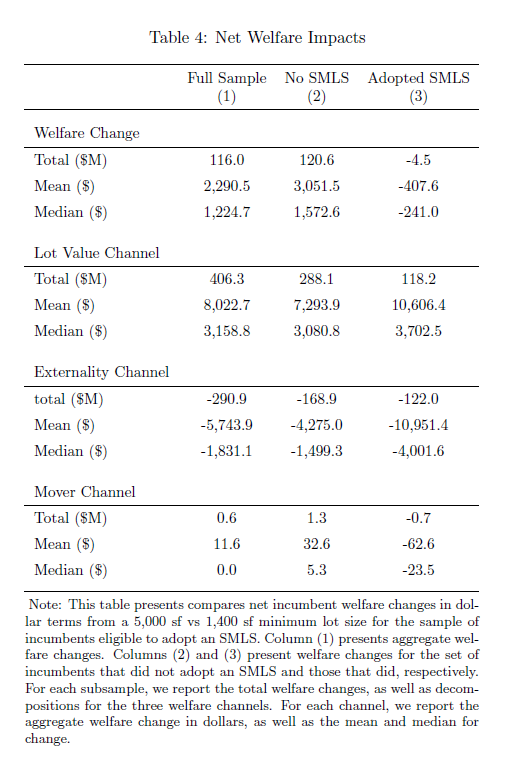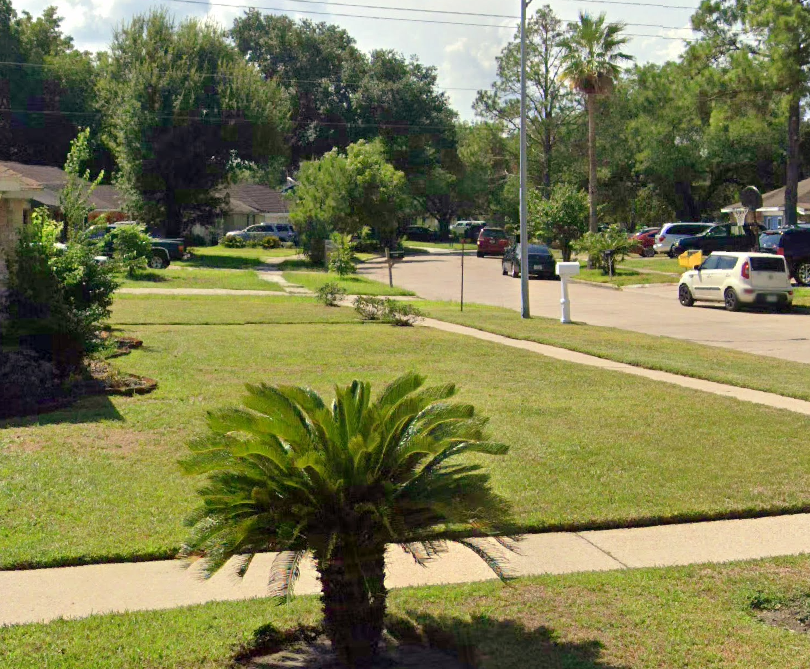Updated 1/11/24 to add 3 new papers, Wegmann, Baqai, and Conrad (2023), Dobbels & Tavakalov (2023), and Hamilton (2024). The original post was published 3/14/23.
A concerted research effort has brought minimum lot sizes into focus as a key element in city zoning reform. Boise is looking at significant reforms. Auburn, Maine, and Helena, Montana, did away with minimums in some zones. And even state legislatures are putting a toe in the water: Bills enabling smaller lots have been introduced [in 2023] in Arizona, Massachusetts, Montana, New York, Texas, Vermont, and Washington. The bipartisan appeal of minimum lot size reform is reflected in Washington HB 1245, a lot-split bill carried by Rep. Andy Barkis (R-Chehalis). It passed the Democratic-dominated House of Representatives by a vote of 94-2 and has moved on to the Senate.
City officials and legislators are, reasonably, going to have questions about the likely effects of minimum lot size reductions. Fortunately, one major American city has offered a laboratory for the political, economic, and planning questions that have to be answered to unlock the promise of minimum lot size reforms.
Problem, we have a Houston
Houston’s reduced minimum lot sizes from 5,000 to 1,400 square feet in 1998 (for the city’s central area) and 2013 (for outer areas). This reform is one of the most notable of our times – and thus has been studied in depth. For a summary treatment, see Emily Hamilton’s 2023 case study.
To bring all the existing scholarship into one place, I’ve compiled this annotated bibliography covering the academic papers and some less-formal but informative articles that have studied Houston’s lot size reform. Please inform me of anything I’m missing – I’ll add it.


Political economy of Houston’s reform
M. Nolan Gray & Adam Millsap (2020). Subdividing the Unzoned City: An Analysis of the Causes and Effects of Houston’s 1998 Subdivision Reform. Journal of Planning Education and Reform.
Jake Wegmann (2020). Bayou City Townhouse Boom: Does Houston Have Something to Teach Us About Pro-Climate Urban Transformation? Platform,
The University of Texas at Austin School of Architecture.
NuNu Chang (2018). Planning the Houston Way, Part II: Special Minimum Lot Size. Rice Design Alliance.
Jake Wegmann, Aabiya Noman Baqai, and Josh Conrad (2023). Here Come the Tall Skinny Houses: Assessing Single-Family to Townhouse Redevelopment in Houston, 2007–2020. Cityscape.
Big ideas
- HOA deed restrictions & opt-out options enabled the broad reform of Houston’s lot-size mandates.
- The reform slowed gentrification in low-income neighborhoods, concentrating rather in middle-income neighborhoods.
- Builders took advantage of reform to build “Houston townhouses”, which are not attached to neighboring houses and are usually 3 stories tall with a “tuck-under” garage.
- Normal fee simple ownership is a key to townhouse success. Nobody wanted condo-ownership townhouses.
- Wegmann and co-authors argue from tax data that relatively few Houston townhouses replaced single-family homes. But Dobbels and Takavalov (below) claim that 59% of townhouses are on old single family lots. This contradiction remains to be resolved.
Discussion
- Shane Phillips, Mike Manville, and M. Nolan Gray on the UCLA Housing Voice Podcast.
- Max Masuda-Farkas in The Regulatory Review.
- M. Nolan Gray and Jessica McBirney at the Mercatus Center.
- Salim Furth at Market Urbanism.

History and geography of Houston townhomes
Stephen Fox (2000). The Houston Townhouse. Cite: The Architecture and Design Magazine of Houston.
John Park, Luis Guajardo, Kyle Shelton, Steve Sherman, and William Fulton (2021). Re-Taking Stock: Understanding How Trends in the Housing Stock and Gentrification are connected in Houston and Harris County. Kinder Institute for Urban Research, Rice University.
Big ideas
- The unique “detached townhouse” is a new concept, probably owing to the 1999 regulatory reform.
- As of 2000, Fox makes no mention of detached townhomes.
- In 2005, Houston had about 12,000 detached townhomes and 31,000 attached townhomes.
- From 2005 to 2018, Houston added 34,000 detached townhomes against 5,000 attached townhomes.
- Detached townhomes are common in inner neighborhoods undergoing redevelopment; greenfield development is almost entirely traditional single family and large-scale multifamily.
- Construction and demolition are more frequent in affluent and already-gentrified core neighborhoods than gentrifying ones, as shown in Figure 4.

Discussion
- Jake Wegmann at Urban Edge (Kinder Institute)
- Luis Guajardo at Urban Edge (Kinder Institute)



Who benefits from small lots?
Mike Mei (2022). House Size and Household Size: The Distributional Effects of the Minimum Lot Size Regulation. Working paper.
Gregory Dobbels and Suren Tavakalov (2023). Not in My Back Yard: The Local Political Economy of Residential Land-Use Regulations. Working paper.
Big ideas
- From Mei:
- Small lots result in smaller houses. The average new house size in Houston declined by 10 to 15 percent when small lots were legalized.
- A simplified model shows that smaller, lower-income families and those who have not yet bought a house are big winners. Most existing homeowners took small losses (See Figure 15).
- The lot size reform was equivalent to a one-time gift of $18,000 to every Houston household living in a single-family home (the model doesn’t incorporate apartment dwellers). That adds up to about $8 billion.

- From Dobbels & Tavakalov:
- If the authors’ “revealed preference” approach is correct, most incumbent homeowners dislike added density on their block. They estimate that the subdivision of 2 old houses into 4 townhouses creates a $6,900 amenity cost for each other house on a block.
- But incumbents value the profitable sale opportunity even more. The typical homeowner comes out about $2,300 ahead.
- 16% of eligible blocks took the “special minimum lot size” opt-out and kept the old 5,000 square foot minimum. The opt outs were more likely affluent and white.

Discussion
- Salim Furth at Market Urbanism

Yard space isn’t highly valued
Salim Furth (2021). Foundations and Microfoundations: Building Houses on Regulated Land. Mercatus Center Working Paper.
M. Nolan Gray and Salim Furth (2019). Do Minimum-Lot-Size Regulations Limit Housing Supply in Texas? Mercatus Center Research Paper.
Big ideas
- Houston area homebuyers are happy to pay more for bigger houses – but they don’t place much value on larger yards.
- In suburbs of Dallas and Austin with large minimum lot sizes, most house lots are built very close to the minimum lot size (or below it via various exceptions). See Figure 4.
- But in Pearland, with many small lots available in nearby Houston, suburbanites are happy to buy larger-than-mandated lots.

Discussion
- Nolan Gray at Strong Towns.
- Nolan Gray and Salim Furth in the Austin American-Statesman.

Did Lot Size Reform Change Property Values?
Joseph Shortell (2022). The Effect of a Minimum Lot Size Reduction on Residential Property Values: The Case of Houston. Universitat de Barcelona master’s thesis.
Emily Hamilton (2024) addresses the same question by comparing land price growth in areas where minimum lot sizes were lowered in 2013 to areas where it had been lowered in 1999.
Big ideas
- In theory, lowering lot size mandates ought to raise the price of land while lowering the price of existing structures.
- Comparing Houston lots (which benefited from reform) to those outside the city, Shortell finds that the price of land definitely rose and the price of existing structures may have fallen (but the evidence is less clear).
- With an all-city sample, however, Hamilton finds that minimum lot size reform had either no effect or a negative effect on assessed land values.
Discussion
Nobody has critiqued or dissected Shortell (2022) yet. It is an excellent master’s thesis, but readers should bear in mind that it is student work and has not undergone peer review. Given the disagreement between these two papers – which both rely on assessment data – more research may be needed.
- Florian Martin in Houston Business Journal covers the unaffordability of larger lots.

(U.S. Air National Guard photo by Staff Sgt. Daniel J. Martinez)
How does small lot development handle stormwater?
Samuel Brody, Russell Blessing, Antonia Sebastian & Philip Bedient (2012). Examining the impact of land use/land cover characteristics on flood losses. Journal of Environmental Planning and Management.
Big ideas
- The authors examined the Clear Creek watershed, in Houston’s southeastern suburbs. It’s not directly a study of Houston small-lot development, though.
- They found a mixed relationship between impervious cover and flood losses. An area surrounded by “medium” coverage development (50 to 79 percent covered) fared best, even better than one surrounded by “developed open space” (0 to 20 percent).
- The authors guess this is because denser development is usually accompanied by better infrastructure.
- The worst-performing category was “low” coverage (20 to 49 percent).
Discussion
- Houston planners have noted that impact fees from small-lot infill development have helped fund stormwater improvements and sidewalks. Houston incentivizes shared courtyards in part because they handle stormwater better. Further research is needed on the fiscal consequences of small lot reform.
- Phil Magness offers a quick history of Houston flooding.
- Nolan Gray notes the irrelevance of zoning to flood damage.